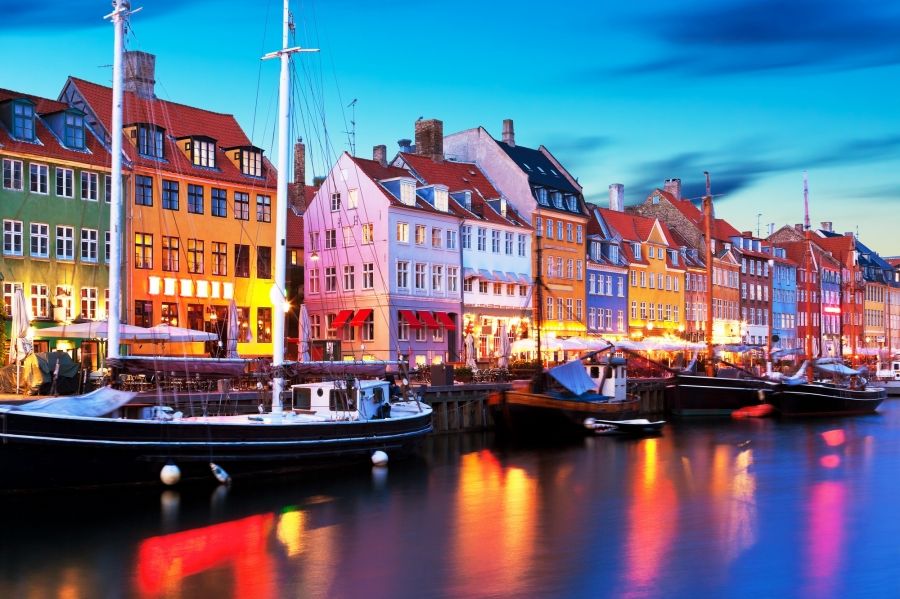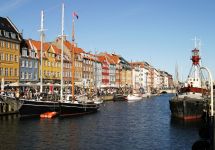A colourful alley of Copenhagen - architecture and colours of Nyhavn port streets
They can compete with Rosenborg castle and Christiansborg palace. Nyhavn streets, we are mentioning here, can be seen almost on all postcards from Copenhagen. Why?
The architecture and colours of Nyhavn port streets - the answer is simple. Anyone who enters this alley of Copenhagen will easily find the left bank side of the canal, called the "sun" (the right bank, which is closer to the city, is called "classic"). There we can find the most colourful townhouses. Featuring yellow and red shades, rarely blue or pale green.
There you can find a tenement house where H. Ch. Andersen lived for some time (it is very likely that he wrote his first fairy tale) or, for example, the one numbered 9. It was erected as early as 1661 and is regarded as the the oldest building in the entire development of the north bank of Nyhavn.
The New Haven, this is how Nyhavn is translated, came into being in 17th century. It was an element of the northern development of the Old Town of Copenhagen by Danish monarchs. It is known that the canal around which the charming tenement houses are located was dug by Swedish captives, who were captured during the war between 1658 and 1660.
Today, the colourful alley of Copenhagen is one of the most popular places in town - it can be seen on almost each postcard. It is also the result of the small wattle and daub houses with colourful facades, which were built along the canal by wealthy locals from the 12th century - they are hidden behind the main development of buildings with countless bars and restaurants. Thanks to them the New Haven was given the second name: “the longest bar in Scandinavia”.
This was not always the case. Since the beginning of existence of the New Haven, life revolved around trade, taverns and prostitution, but over time Nyhavn lost its glamour - primarily due to the fact that ships capable of entering the canal were over time replaced by larger vessels. The charm of port streets was restored through revitalization, which lasted until 1960s. The old tenement houses were first restored and then repainted with pastel colours. The colourful alley of Copenhagen was revived again.










